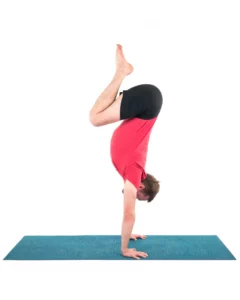Dial Down “Sassy” Hip Syndrome: Yoga for Easier Abduction
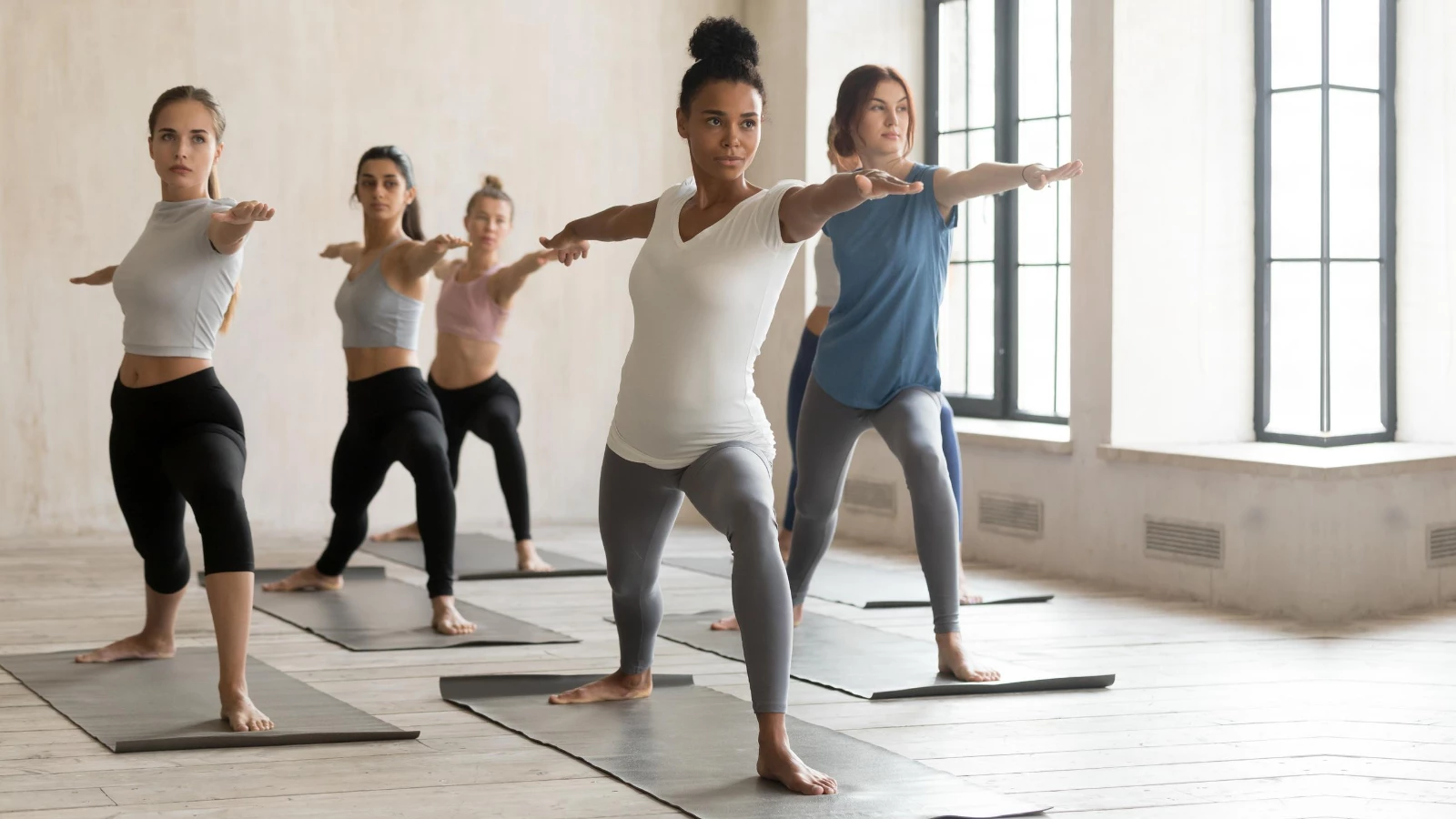
Have you ever seen a hiked up back hip in Virabhadrasana II (Warrior II Pose)? I call it the “sassy hip” because it has some life and attitude. It pops up like the hips of a runway model taking a stroll down the catwalk. What’s going on with these sassy hips in Virabhadrasana II? Let’s take a look at the anatomy behind it.
The Gluteus Medius
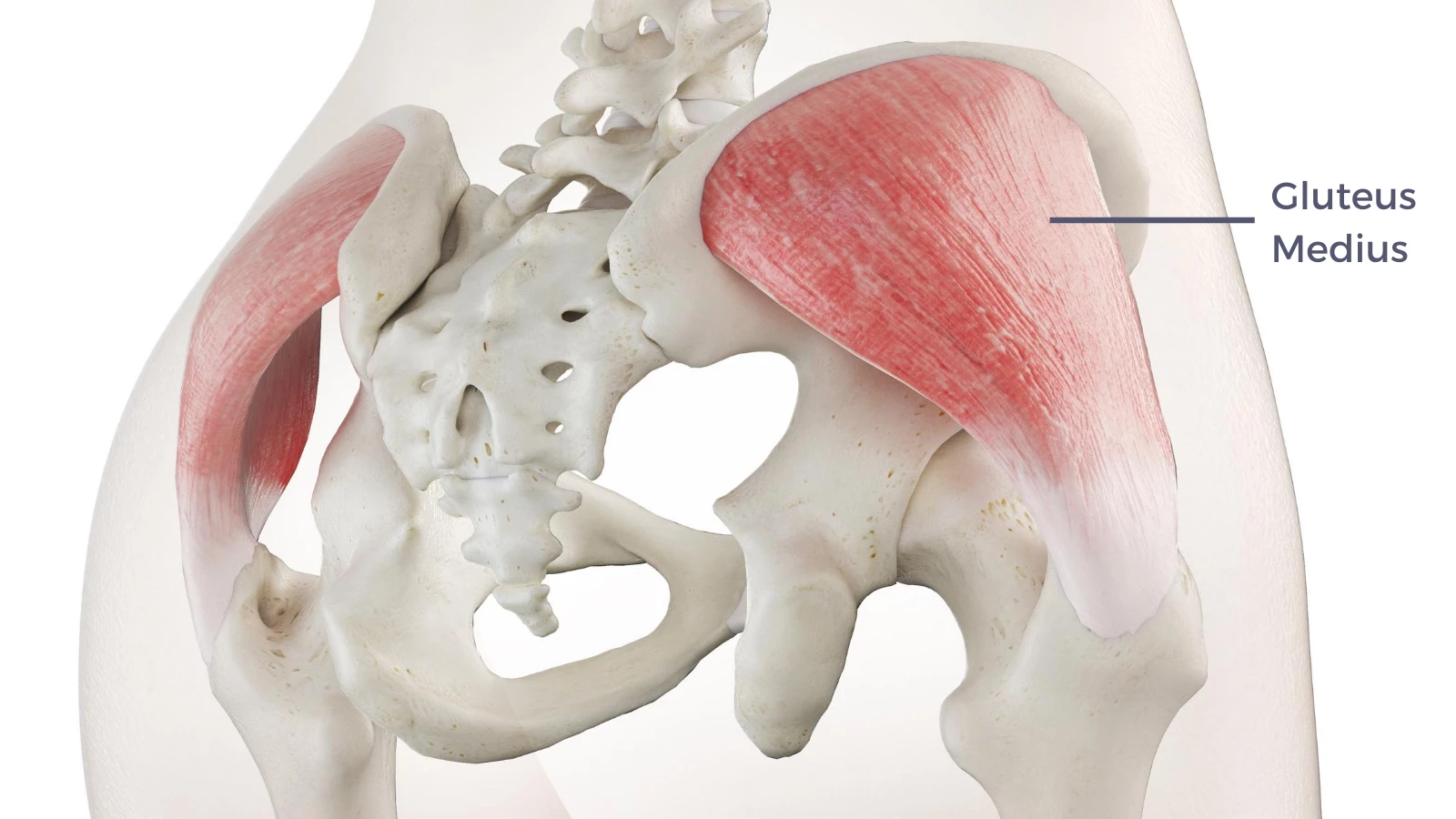
In actuality, the hip is not lively at all and is kind of being lazy. The muscle that we’ll blame for sassy hips is the gluteus medius. This muscle lies underneath the gluteus maximus on the back and side of your hips. Most sources consider this the main muscle for hip abduction (abduction moves the leg away from the centerline), although the gluteus maximus, gluteus minimus, and tensor fasciae latae also play a part. When the gluteus medius is not doing its job, the hip will not abduct and will look like it’s popped up.
How-To Yoga Practice Tips: Warrior II Alignment
Chicago yoga teacher, Taylor Gamache, was kind enough to be a model for this post. In the picture below she is doing her best to show a sassy hip in Virabhadrasana II. It’s not very obvious in Taylor though because she has to try to break her good alignment habits to do this, but focus in on her back/right hip.
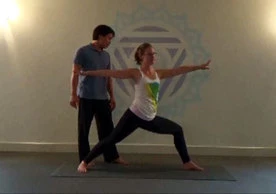
You’ll see that it is higher than the front/left hip. If you take close look, you’ll see that her right hip is not abducted much at all. It is almost in a straight line from her torso to her right thigh. That means her thigh hasn’t moved out from the midline of her body much, so not much abduction has occurred. It also means that the gluteus medius is not doing its job. When spotting this in other yoginis and yogis, it’ll look like they are leaning toward the front leg instead of keeping the torso vertical and moving the back thigh out (hip abduction).
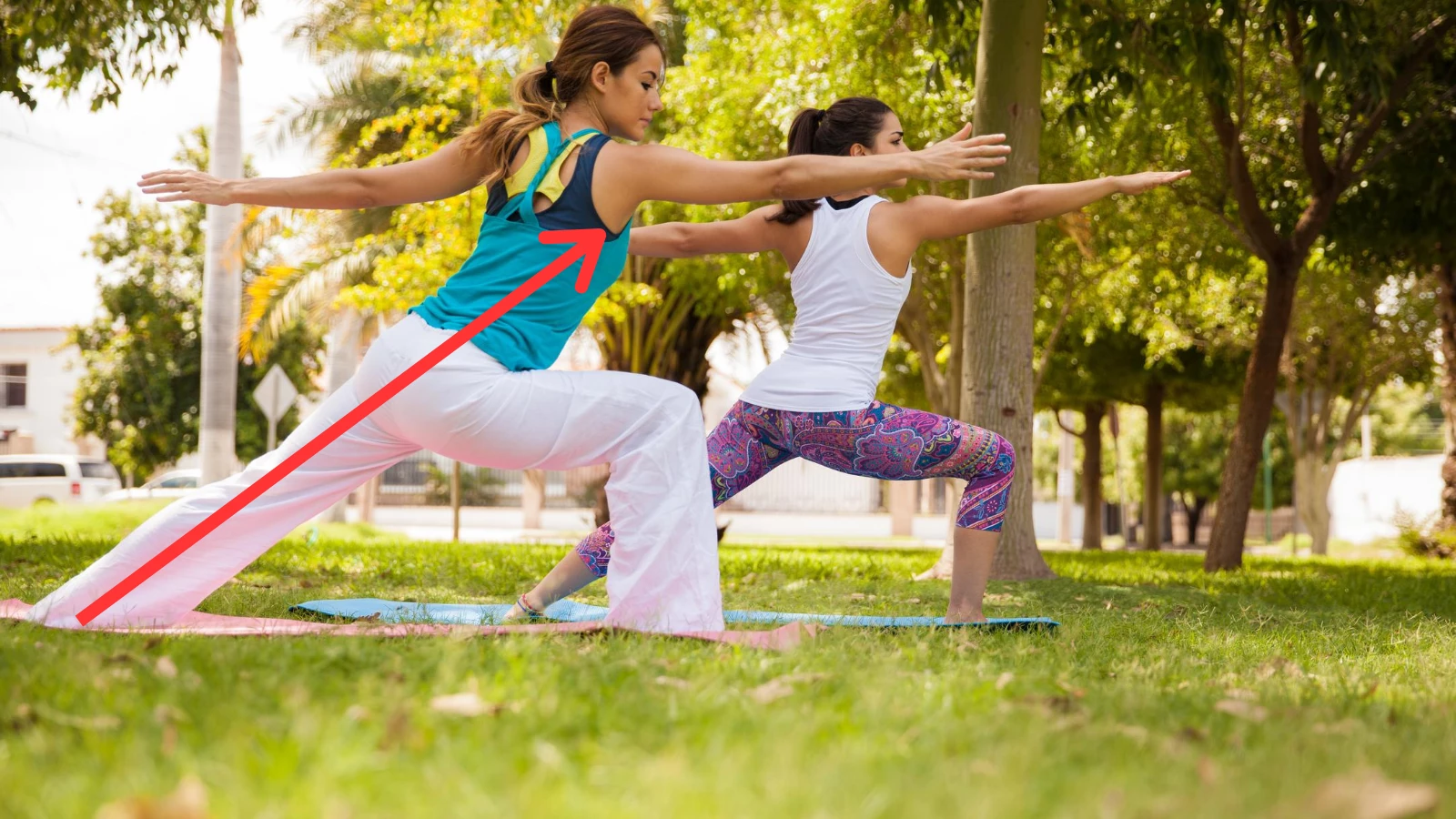
In improved Virabhadrasana II alignment with the gluteus medius working, the torso and spine will stay vertical and the back thigh will move away from the midline of the body like in the picture below. If this alignment is difficult some coronal plane hip-opening may be helpful– poses such as Baddha Konasana (Bound Angle Pose), Upavista Konasana (Seated Angle Pose), and Parsva Hasta Padangusthasana (Side Hand-to-Big-Toe Pose).
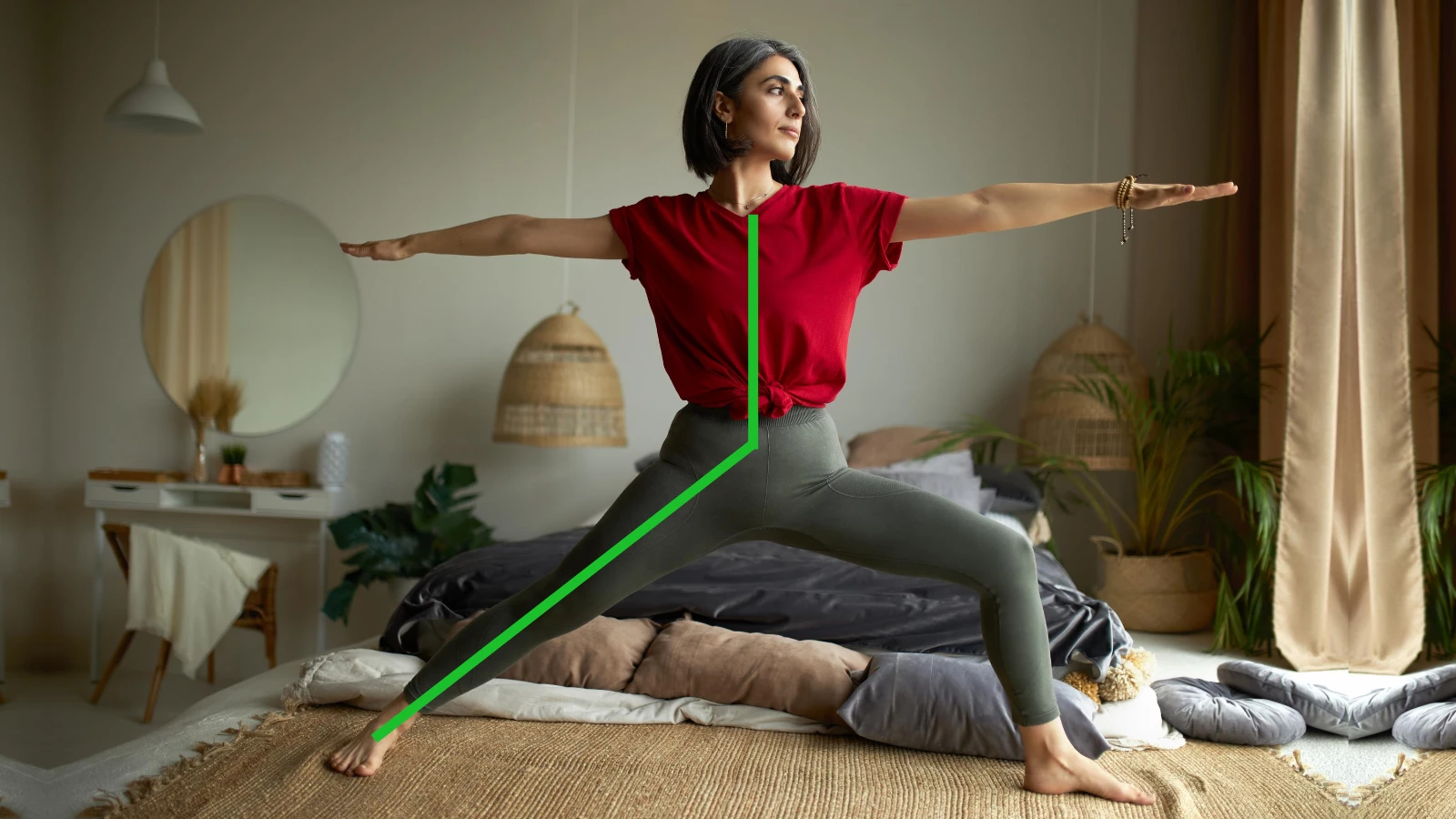
Yoga Anatomy-Final Thoughts
In the clinic, I’ve seen a weak gluteus medius contribute to various issues in my patients. These issues include knee pain, pain in the opposite hip, iliotibial band issues, and quadratus lumborum pain, to name a few. We can do our fellow yogis and yoginis a great service by helping them with a quick cue to “level” their hips, or give them an adjustment to help them work and strengthen their gluteus medius muscles in Virabhadrasana II.
Also, read...
Are You Making This Common Stretching Mistake in Yoga?
Dr. Ray Long: How to Enhance Your Breathing Capacity During Yoga
Yoga Anatomy: The Adductor Muscles in Downward Facing Dog Pose
Related courses
Breath as Medicine: Yogic Breathing for Vital Aging
Yoga and Myofascial Release: Releasing Chronic Tension with the Bodymind Ballwork Method
Yoga and Detoxification: Tips for Stimulating Lymphatic Health
Dr. Nolan Lee is a yoga teacher and physical rehab specialist in Chicago, IL, with an extraordinary passion for understanding how the body moves and functions. Nolan has the unique ability to blend the science of anatomy with the art of yoga. With an active practice at this clinic, Balanced Flow Wellness, he practically applies yoga to restore and maintain health. Dr. Lee also holds a Master of Acupuncture degree and is a NASM-certified corrective exercise specialist (CES). He enthusiastically shares his knowledge of yoga and anatomy in lectures, workshops, and on his blog.



